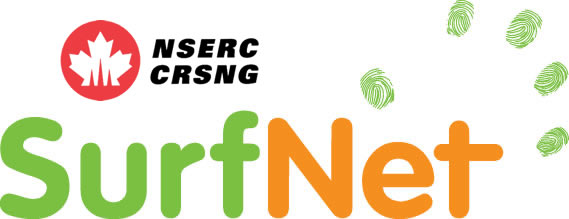Standards-Based Web Technologies for Real-Time Groupware
Description
Standard web browsers are becoming a common platform for delivering groupware applications, but until recently, the only way to support real-time collaboration was with browser plug-ins. New networking approaches have recently been introduced – based on re-purposed techniques for delivering web pages (Comet), or integration of real-time communication directly into the browser (HTML5 WebSockets). Little is currently known, however, about whether these new approaches can support real-time groupware. We carried out a study to assess the performance of the three different networking approaches, based on a framework of groupware requirements, in several network settings. We found that web-based networking performs well – better than plug-in approaches in some cases – and can support the communication requirements of many types of real-time groupware. We also developed two groupware applications using Comet and WebSockets, and showed that they provided fast and consistent performance on the real-world Internet. Our studies show that web-based networking can support real-time collaboration, and suggest that groupware developers should consider the browser as a legitimate vehicle for real-time multi-user systems.
Images and Videos

Performance results from performance tests

Example web application using XHR-multipart
Publications
- Gutwin, C., Lippold, M., and Graham, T.C.N. (2011) Real-time groupware in the browser: testing the performance of web-based networking. In Proceedings of the ACM 2011 conference on Computer supported cooperative work (CSCW ’11), 167-176.
Partners
NSERC – SurfNet
 |
 |



